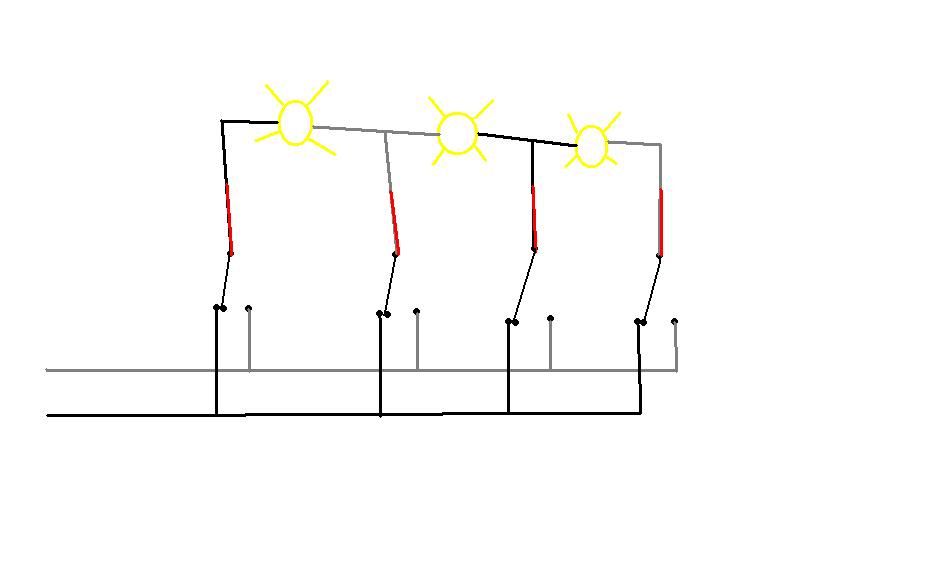kwired
Electron manager
- Location
- NE Nebraska
Submit a proposal to change the wording of 310.4 to allow conductors to be installed in parallel if each conductor is rated according to the OCPD. Until the code definition is changed, then it is as Al and Dennis say: an extremely small misinstalled parallel conductor.
Bear in mind, 300.3(B) already puts some constraints on this principle.
The language already exists. It just doesn't allow it for supplying receptacles and luminaires.
Make the switching circuit control a relay or contactor that controls the lighting outlet and you are OK. Make it low voltage control and you can do a lot of things differently.




